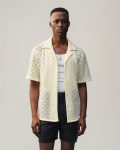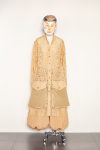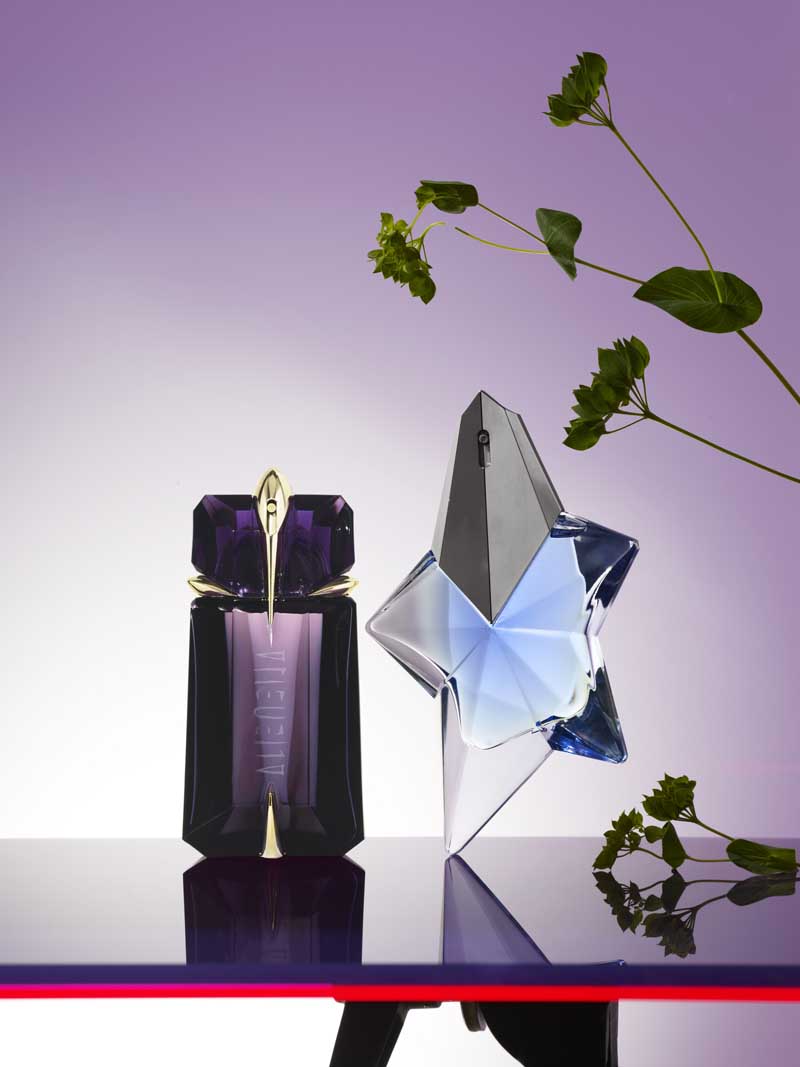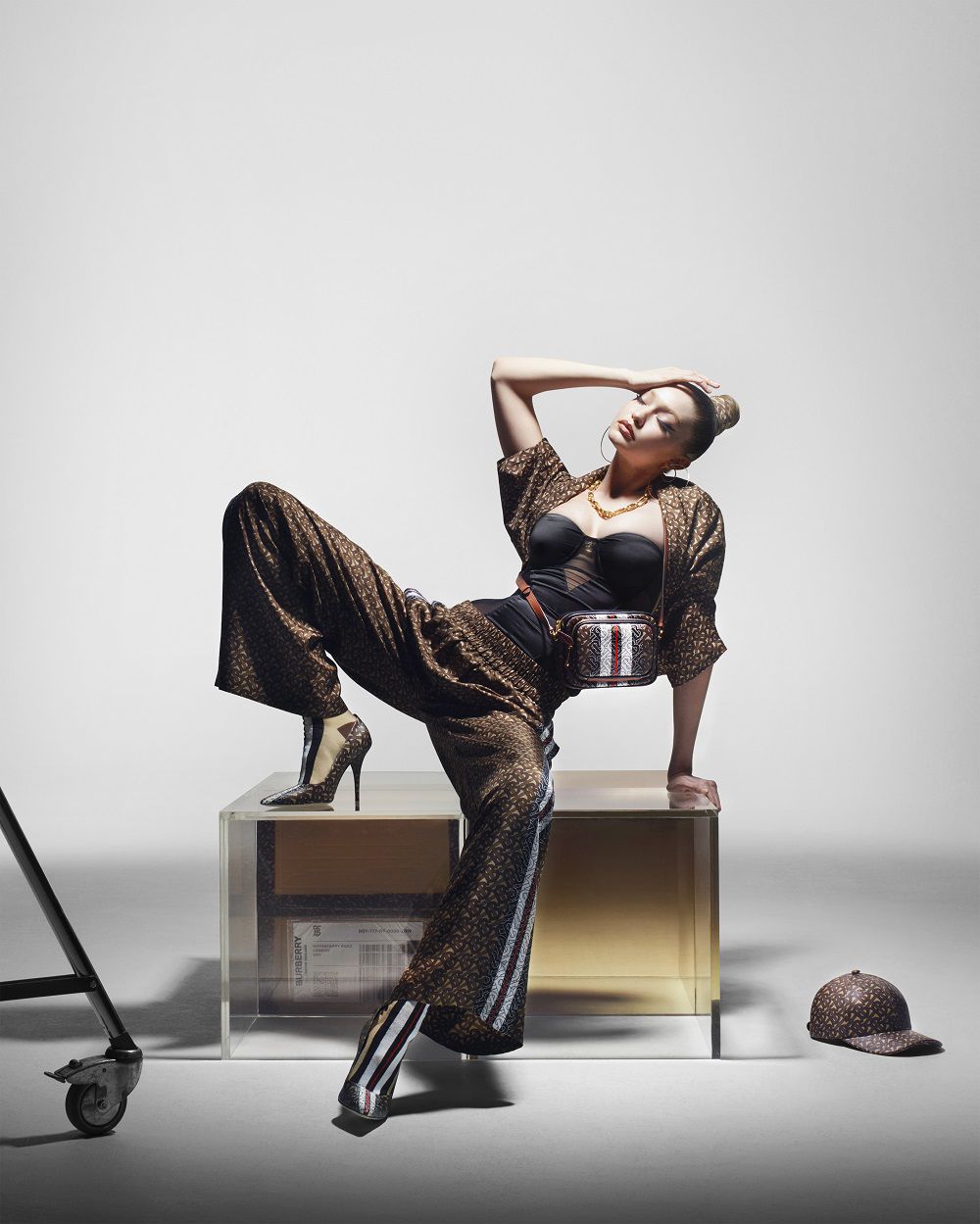Anyone with a keen eye for patterns and patterns that are repeated will have noticed that lace or crochet shirts, decorated with lace, or even simple feminine blouses have slowly appeared among the looks of many of the men’s collections of recent seasons.
The most striking cases are certainly those of Saint Laurent and Celine, yet transparent tops and men’s blouses have appeared almost everywhere: both from the side of emerging brands, as in the case of Casablanca, Vaderetro, Ludovic de Saint Sernin; while brands such as Gucci and Burberry had already introduced the style for almost five years. If in fact his most remarkable appearances were on the occasion of Bode’s SS18 and Dior Homme’s SS19 collections, the idea of a transparent men’s shirt, built in lace or that had the delicacy typical of female blouses could be traced back to the first, fundamental show by Alessandro Michele and the so-called Pussy Bow Blouse that literally opened the tenure of the current Gucci creative director. But its presence in fashion could also be traced back to the Couture SS98 collection by Jean-Paul Gaultier, in which a male model paraded wearing a lace top.
The adoption of this style in mainstream fashion and outside the queer context highlights two important social phenomena.
The first and most obvious is the break from the traditional idea of gender conformity – not surprisingly, the slowness with which the style has been adopted in the mainstream has followed the same cadence with which LGBTQ+ liberation has arrived in fashion.
The second and most interesting is the co-optation/appropriation of queer identity: a phenomenon that occurs when individuals, companies or companies take weight elements or signifiers of the identity of a certain culture and adopt them for themselves, normalizing them on the one hand but reducing them to mere external trends on the other – without becoming more tolerant towards the cultures from which they have taken this or that element.
Today, for example, it’s normal to see famous singers with nail polish and pearl necklaces – but plenty of other individuals have suffered social bullying and ostracism for doing so in the past, when it wasn’t in fashion. All practices that are not wrong in themselves, on the contrary, but that become controversial when they are not accompanied by the right recognition and consideration towards the queer culture in which they originated.
Remarkably, the trend this year appeared last year in Supreme’s SS20 lookbook and this year in Stussy’s SS21, landing in streetwear – a sector that, like that of rap, still in 2021 has some problems with homophobia. Net of any consideration, however, the positivity of trends such as that of lace shirts for men is to question many of the preconceptions on which mainstream culture is still based, bringing new themes and stimuli for debate, but also highlighting the problems it must solve and the limits it must overcome.

























